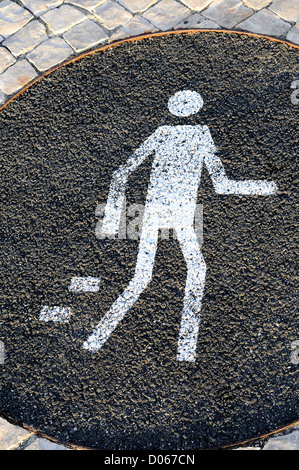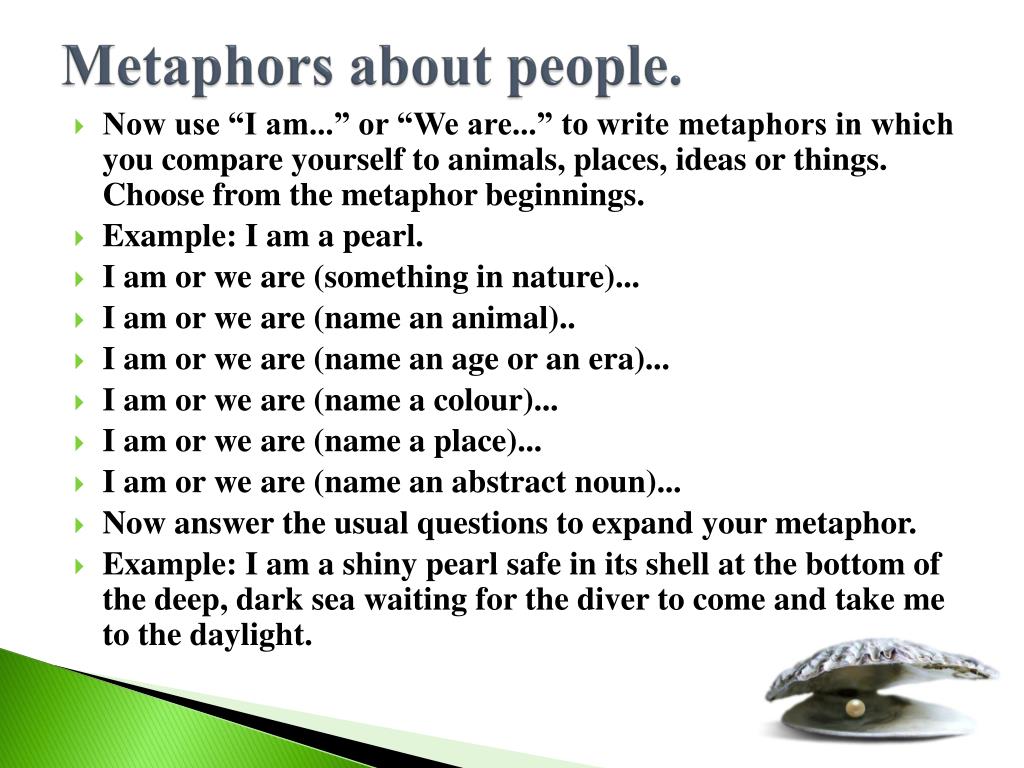
In addition, Bradbury also uses personification, “…this house which clothed and fed and rocked them to sleep and played and sang and was good to them”. The opening conversation between George and Lydia already indicates amiss in the nursery which hints what subsequently takes place later in the story where George fails to control the nursery and his inevitable demise. For example, in the opening dialogue, Lydia asks George “George, I wish you’d look at the nursery.” which provoked George to respond “What’s wrong with it?”. Bradbury uses literary elements like foreshadowing to develop his central idea. The whole idea mirrors the Hadley family that George and Lydia’s mistake of letting their children uniting with the nursery that it replaced the parents in their children’s affections and how it inevitably caused great catastrophe in the Hadley family. Give us your paper requirements, choose a writer and we’ll deliver the highest-quality essay! Order now The central idea of ‘The Veldt’ is the consequences and dangers in technology when it’s over relied on. Bradbury uses that example to illustrate how unnecessary Lydia has succumb to due to technology. Lydia especially feels she is un-wanted as she becomes cognizant that “the house is wife and mother now and nursemaid”. Bradbury references this in ‘The Veldt’ that George and Lydia spoils their children with the Happylife Home to make their life more convenient however due to their dependence on nursery, George and Lydia are not shown as applicable parents as their reliance on technology blinds them the importance of family. The television was the spur that inspired Bradbury to write ‘The Veldt’ but the main purpose of his story is to warn society that despite convenience, the emergence of technology that people became so reliant on without worrying the consequences is Bradbury’s fear. However, ‘The Veldt’ was more than just the televisions, it encompasses other technologies like dishwashers, refrigerators, or vacuum cleaners. It was evident Bradbury wrote ‘The Veldt’ when the television was booming. Radbury calls this room “the nursery” in the story but in reality, “television” was the alternative. Was this a coincidence that Bradbury’s ‘The Veldt’ published during the electronic television’s strong introduction? The story of Bradbury’s ‘The Veldt’ revolves on the Happylife Home which essentially is a smart house where the Hadley family inhabitat and within that, their home contains a very unique virtual reality room that the Hadley kids appreciates. In 1948, four major television networks (NBC, CBS ABC, and DuMont) debut its broadcast in over 128 stations and by 1954, the first colored television model RCA CT-100 hit the market and was the first mass-produced colored television. television broadcast as President Franklin Roosevelt delivered a speech to welcome thousands of attendees. On 1939, New York’s World Fair opened, the American public was introduced to the first U.S. Pioneered by the first electronic television successfully demonstrated in 1927, it led to an interesting sets of events that followed. Bradbury’s ‘The Veldt’ was published in Septemduring the time period when the electronic television started to flourish in America.


An epitome of that philosophy is Ray Bradbury’s authentic story ‘The Veldt’ that focuses on the consequences and dangers in technology when over relied on. Authors often use historical context in their literature as a catalyst to warn society the consequences of issues neglected. In many scenarios, historical context refers to conditions in terms of social or political events that occured in the past. In literature, a strong comprehension of historical context behind a story helps readers have a clear understanding of and appreciation for the narrative. Understanding historical context is a very crucial asset to help readers interpret and analyze works of the past more efficiently than just merely judging them by contemporary standards.


 0 kommentar(er)
0 kommentar(er)
